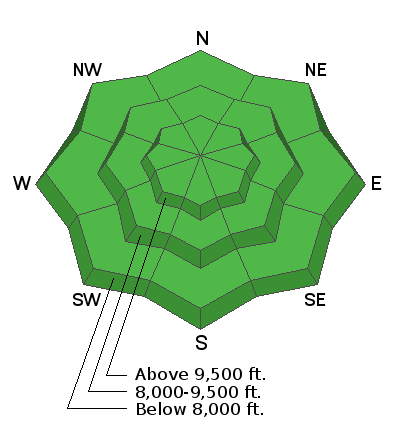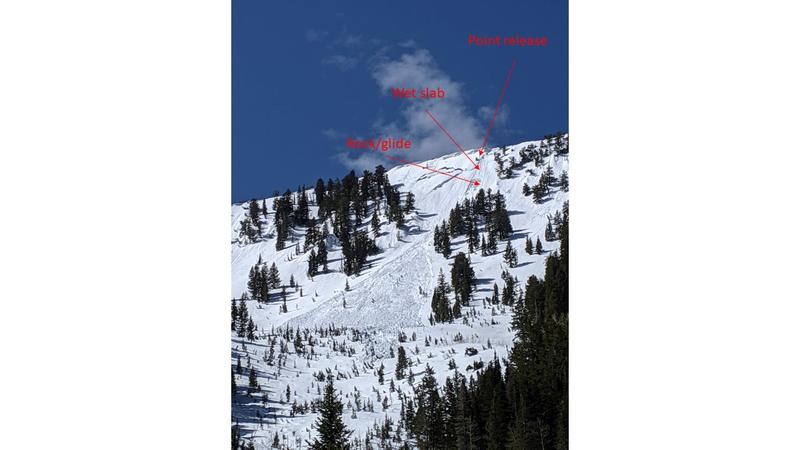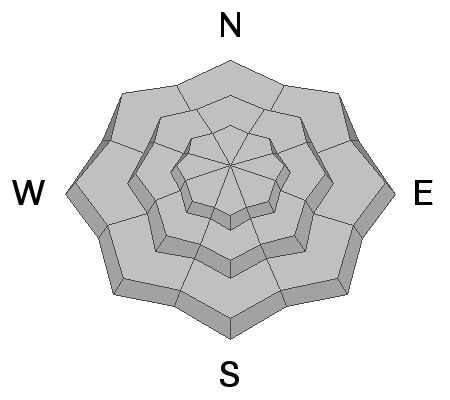Forecast for the Provo Area Mountains

Issued by Greg Gagne on
Friday morning, April 10, 2020
Friday morning, April 10, 2020
The avalanche danger is LOW, but could possibly rise to MODERATE due to warming of the snowpack. Travel in avalanche terrain during the springtime can be complicated, and today's concerns include (1) wet avalanches on all aspects as the snow surface warms throughout the day and (2) large cornices breaking back farther than expected along the ridgelines.
Pay attention to rapidly-changing springtime conditions.

Low
Moderate
Considerable
High
Extreme
Learn how to read the forecast here








